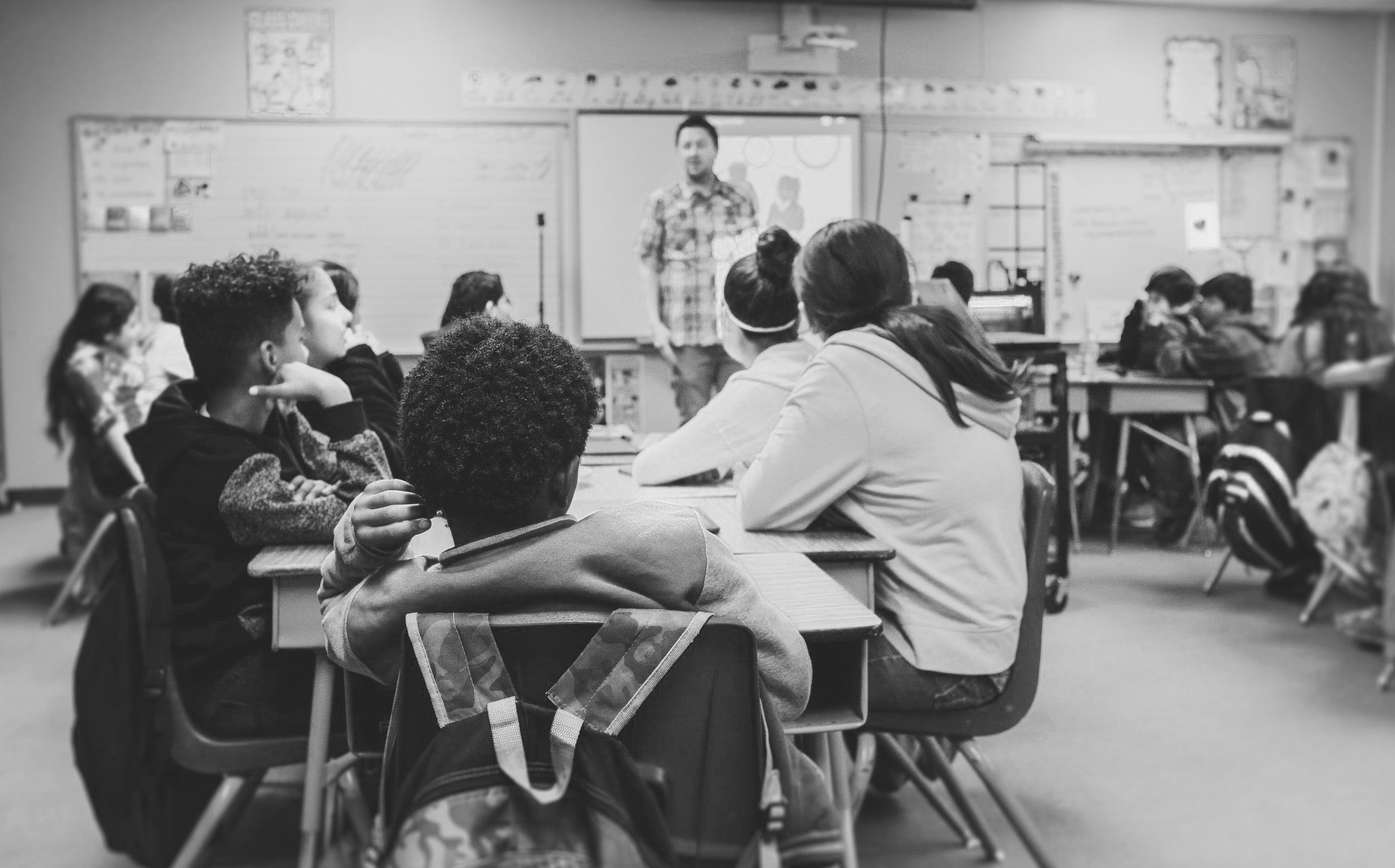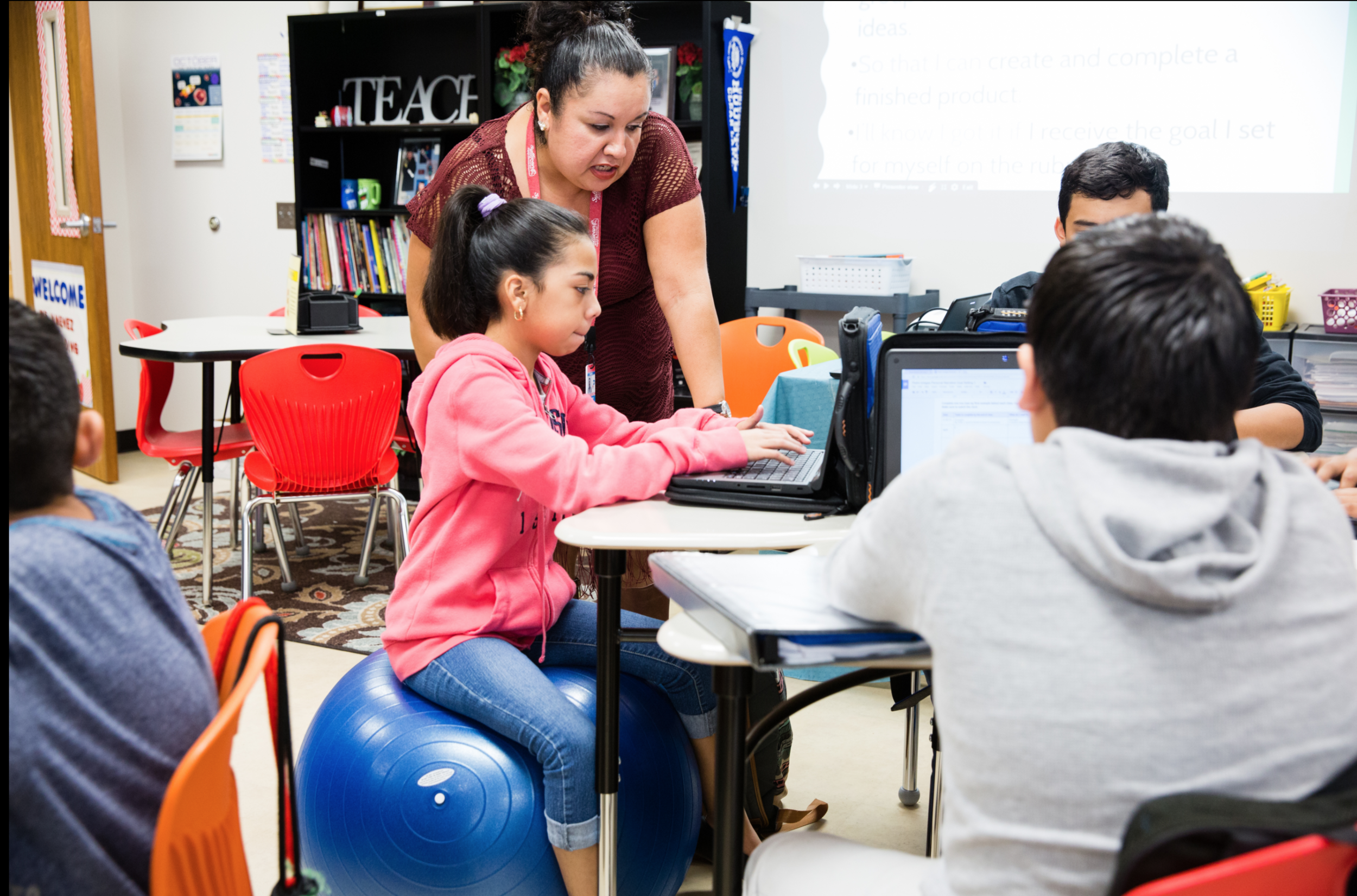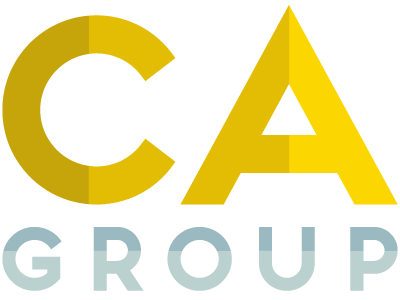
CA Group serves as a problem-solving partner for public school organizations.
We support teams in shifting mindsets and behaviors toward a common vision for school.
Our partnerships range from discrete projects with single school districts to state-wide, multi-year programs that involve a cohort of districts. Each engagement typically involves a vertical team of educators from the community to the classroom to the boardroom, and always includes curriculum and instruction leaders. We work with our partners to maintain a sense of urgency around continued innovation — even after our partnership concludes.
W H A T W E O F F E R
Design Workshops & Training
We design and facilitate virtual and in-person training sessions for educators ranging from teams of 20 to 200+. Workshops are deeply rooted in research and best practice, and structured around principles of design thinking. Subject matter experts and experienced educators lead the workshops. All CA Group content is freely available for use here.
Ongoing Support
We provide office hours and coaching sessions with district and campus leaders as they pilot and work to sustain and scale innovative solutions and new learning models. Regular consultations with CA Group “thought partners” help leaders prioritize change efforts and expand their skills to independently sustain improvements.
Our Approach
Our approach includes the following essential elements:
-
Educators work to clearly understand the underlying root causes of the problem they hope to improve or resolve. This creates a shared understanding of the why behind the work and a unified starting point for designing a solution.
-
SMART goals are short and long-term objectives that help teams quantify and articulate what teams value and how they measure success. Teams set SMART goals to measure and monitor impacts of the pilot toward solving the problem they target for improvement.
-
DDP is a structured process designed to help teams gather evidence and reflect on progress toward implementing their new solution or learning model. Teams engage in DDP regularly and tweak their approach according to DDP findings. Regular DDP cycles solidify the cultural routine of looking back, looking ahead, and refining and expanding the pilot.
-
We believe the cohort learning experience is invaluable in creating meaningful collaboration and mutual learning among community members; educators; agencies; teacher prep programs and universities; and statewide and national education consultants, researchers, and evaluators. CA Group nurtures the cohort learning experience through open-source training sessions, showcase visits, leadership convenings, workshops, collaborative learning experiences, and more.

